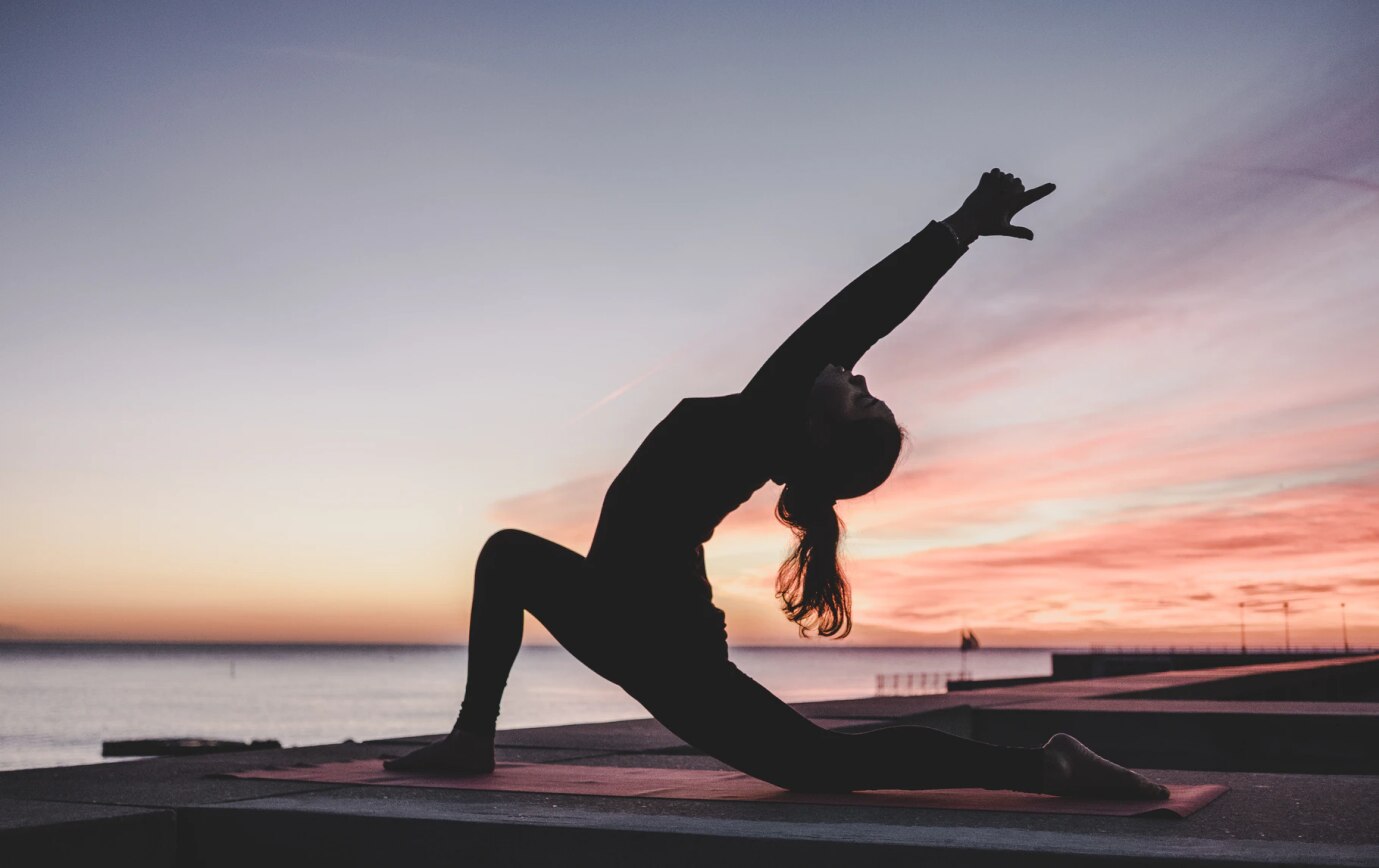By now, you’ve probably heard countless podcasts filled with celebrities and influential figures talking about their morning routines. Morning routines can help you wake up feeling more refreshed and productive and start the day with a positive mindset.
The importance of an evening routine, however, is commonly overlooked. If you struggle with sleep, adding an evening routine to your daily life can be game-changing. Evening routines help you relax before bed and can reduce overall stress levels.
If you’re unsure how to start putting together the perfect evening routine, don’t panic. We’ve assembled our top tips on creating the ultimate evening routine for pre-sleep relaxation.
1. Include Some Light Movement

Now we’re not saying you should spend your evening doing a hardcore cardio workout or lifting heavy weights. However, some light yoga can help stretch your muscles after a busy day and increase mobility.
Plus, relaxing yoga sessions engage the parasympathetic nervous system - your body’s own built-in calm centre. If it’s safe to do so, going for an evening walk during the summer can help you feel calmer and healthier before bed.
2. Ditch Your Devices
If you have too much blue light exposure in the evening, it can negatively impact your ability to sleep. Plus, the temptation to scroll social media at night can sometimes lead to later and later bedtimes, therefore messing with our circadian rhythm.
Try to spend the hour before you go to bed away from any phones or devices. The best way to guarantee a phone-free night is to put your phone in the other room when you sleep.
If you rely on your phone as your alarm clock, invest in an analogue alarm clock to wake you up, or, if it’s an option for you, ditch the alarm clock and wake up with your natural circadian rhythm.
3. Practice Meditation
Regular meditation has been shown not just to create a feeling of calm in the moment, but also to reduce your overall feelings of stress. Putting aside regular time to meditate is a form of self-care and a way to recover from stress.
If you’re a beginner at meditation, don’t worry. Try these easy steps and become a meditating master in no time.
● Take A Seat
Grab a comfortable seat in a peaceful environment away from distractions such as family members or your mobile phone.
If sitting upright without support isn’t comfortable, sit against a sofa or in a chair with a backrest. Close your eyes.
● Scan Your Body
Perform a body scan from head to toe and note the way each part of your body feels.
● Notice Your Breathing
Turn your attention to your breath. Take deep breaths in through your nose and out through your mouth.
● Go Easy On Yourself
If your mind wanders, don’t feel guilty. It’s natural for thoughts to appear while you meditate. Simply acknowledge and accept the thought, then return your attention to your breath.
● Finish The Session
To finish your meditation, slowly open your eyes and become aware of the sights and sounds around you. Notice how your body feels before returning to your day. Don’t get up too quickly, or you’ll risk ruining your calm mood.
4. Make a To-do List
It can be overwhelming to make a to-do list in the morning when you’ve already got tons on your mind. To be more organised, consider making your to-do list the night before. That way, you can wake up the next morning with your plans for the day already laid out.
5. Start a Gratitude Journal
Writing in a gratitude journal is a calming activity that helps to remind you of the positive aspects of your life.
It’s a great way to end the day and reflect on the moments you’ve enjoyed, the friends, family members, or colleagues that have helped you, and any interactions you may have had with kind strangers.
Here’s how to start a gratitude journal.
● Set Time Aside
It’s good to schedule a regular time to write in your new journal, whether you choose to make it weekly or daily.
Keeping a routine will make you more likely to continue with your journaling practice. If it helps, set an alarm every day and journal when the alarm goes off.
● Stick To A Number
Pick a number of things you want to list every time you journal. This number could be anywhere from three to ten.
The purpose of a gratitude list is to encourage you to feel grateful for experiences or people, no matter how few.
Setting a number for yourself to reach encourages you to take note of the moments of joy in your everyday life. Increase the number over time as you get better at showing gratitude.
● Be Specific
When listing people, actions or experiences that you’re grateful for, be specific.
‘I’m grateful that my partner surprised me with cinema tickets’ will be more effective at fostering gratitude than ‘I’m grateful for my partner’.
The Bottom Line
Having an effective evening routine is just as important as having a productive morning routine. Make time at night to read, meditate, indulge in light yoga, or spend device-free time with your loved ones.